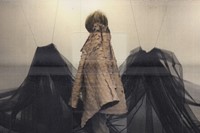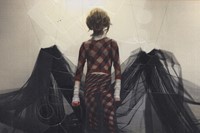AnOther has partnered with 1 Granary to create a series of Emerging Talent pieces, celebrating some of the most exciting upcoming creatives working in fashion design today.
Normal clothes excite Stefan Cooke: everyday pieces that live in wardrobes and pervade charity shops, produced and reproduced over and over again. Clothes so ordinary that they are often overlooked or disregarded, especially in the context of luxury fashion. “I feel like there is such a paranoia at the moment about design not moving forward and being too nostalgic. But I think there is still so much to be explored within average garments,” the west Sussex-born designer explains enthusiastically whilst talking through the carefully collated pages of his research portfolio. What Cooke does with the banal is infectiously exciting. His graduate collection was presented in the Central Saint Martins MA show at London Fashion Week, where he was named joint winner of the highly coveted L’Oréal Professional Creative Award, alongside Gabriele Skucas. Drawing upon the mundane, Cooke reinvigorates ordinary items of clothing by subversively combining digital print and unconventional synthetic materials.
From the boom of rayon clothing in the 1960s to the alphabet letterform T-shirts of Hiroaki Ohya, via turn of the millennium DIY-aesthetic editorials in i-D and The Face, the research for the collection is excitingly extensive and wide-ranging. Using found pieces and photographing them, Cooke manipulates the images before transposing them using digital and sublimation print techniques. The trompe-l’œil effect is unsettling, both on the catwalk and on closer inspection. The clothes are not the prosaic pieces that they first appear, and the synthetic materials that cling to and wrap around the body are the canvas for Cooke’s prints. Unlike the soft baby blue knitted polo neck Cooke is wearing when I meet him, his catwalk jumpers are tabards constructed from hard plastic held together in chainmail-like nets. Coming from a background in textile design, he is intrigued by the disconnect between touch and vision, the startling subversion of the senses that occurs when things do not feel as they look. Images of striped woollen sweaters are printed onto the clear PVC, which is laser-cut, moulded and linked together with metal hoops. Worn over white shredded long-sleeve tops, Cooke’s jumpers are closer to pieces of statement jewellery than their original comfortable counterparts.
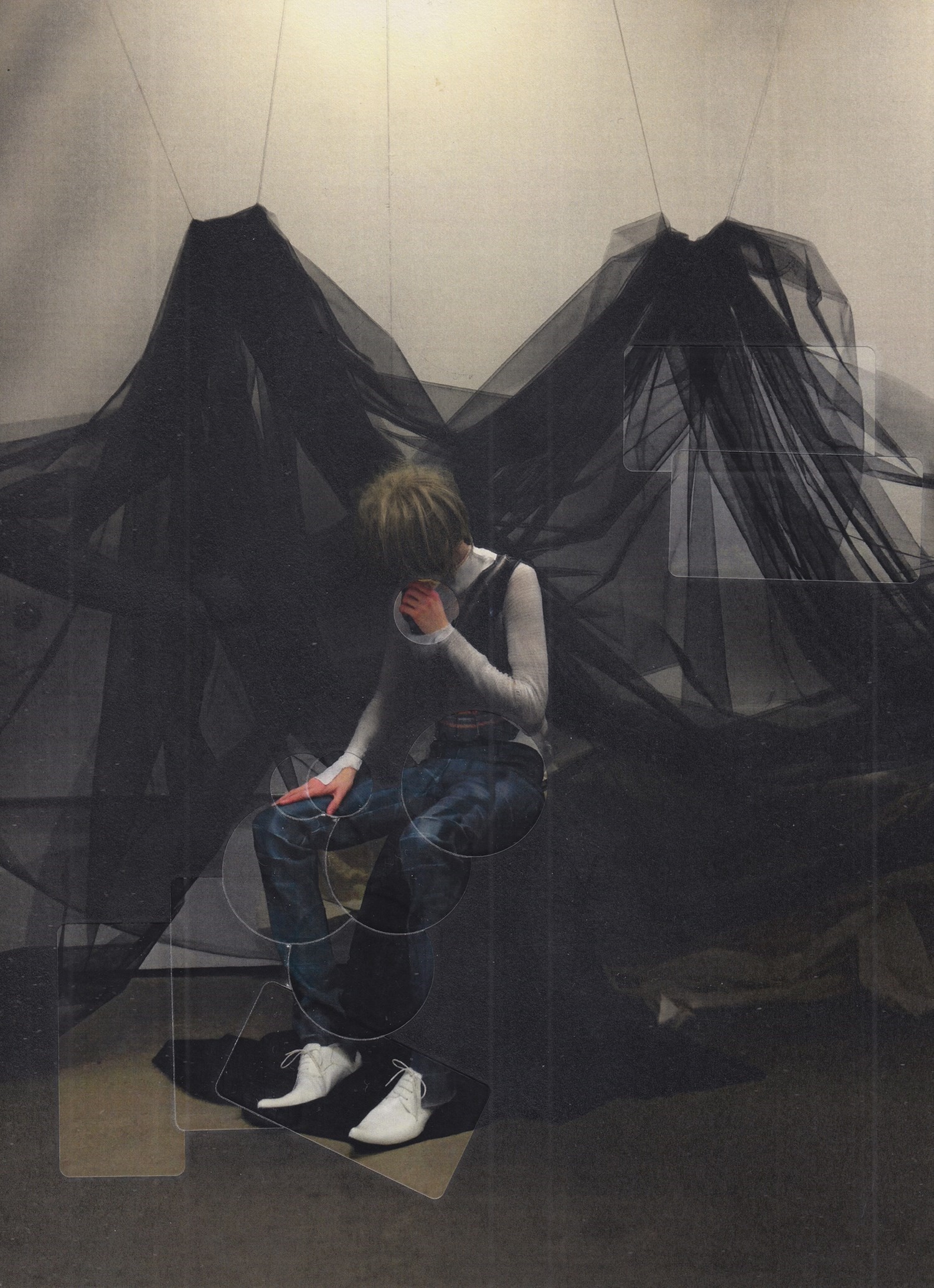
The strong concepts are completed with a touch of humour – and Cooke’s tongue is planted firmly in his cheek. Two looks are styled with classic Jackie O-style handbags encased in perspex, which seem to float next to the body. “It came from the idea of when you see a guy in a changing room looking after his girlfriend’s handbag and he’s holding it like an alien object like ‘oh my god what is this?’” he laughs. “Playing with the context of clothes is really exciting, changing the form and materials can completely change a piece,” says Cooke. Up close the shredded and distressed polyester in the long-sleeved tops is almost translucent, clinging to and revealing the torso of the wearer. The woven elastic mac, leather jackets and the overlocked elastic bodycon trousers and tartan vest intuitively expand and relax in response to the body’s movements.
“Playing with the context of clothes is really exciting, changing the form and materials can completely change a piece” – Stefan Cooke
The body is fundamental to Cooke’s approach to design. Since beginning his BA in Fashion Design with Print at CSM over five years ago, Cooke has worked as a fit model for other students including Nicomede Talavera, Hampus Berggren and Craig Green. Always ardent and never insincere, the tall and slender designer speaks a mile-a-minute and his blonde curls bounce as he excitedly gesticulates with his long limbs. “As the fly on the wall and the person in the clothes I began to understand how much clothes rely on the body, and how integral it is to the creation of clothes. I began to realise how important it is to just try clothes on,” he says. “For this collection, I was working with an amazing team: we were all boys so we all just tried everything on all the time anyway, we didn’t really use a mannequin necessarily – however good mannequins are, they're never going to be exactly like a real person.”
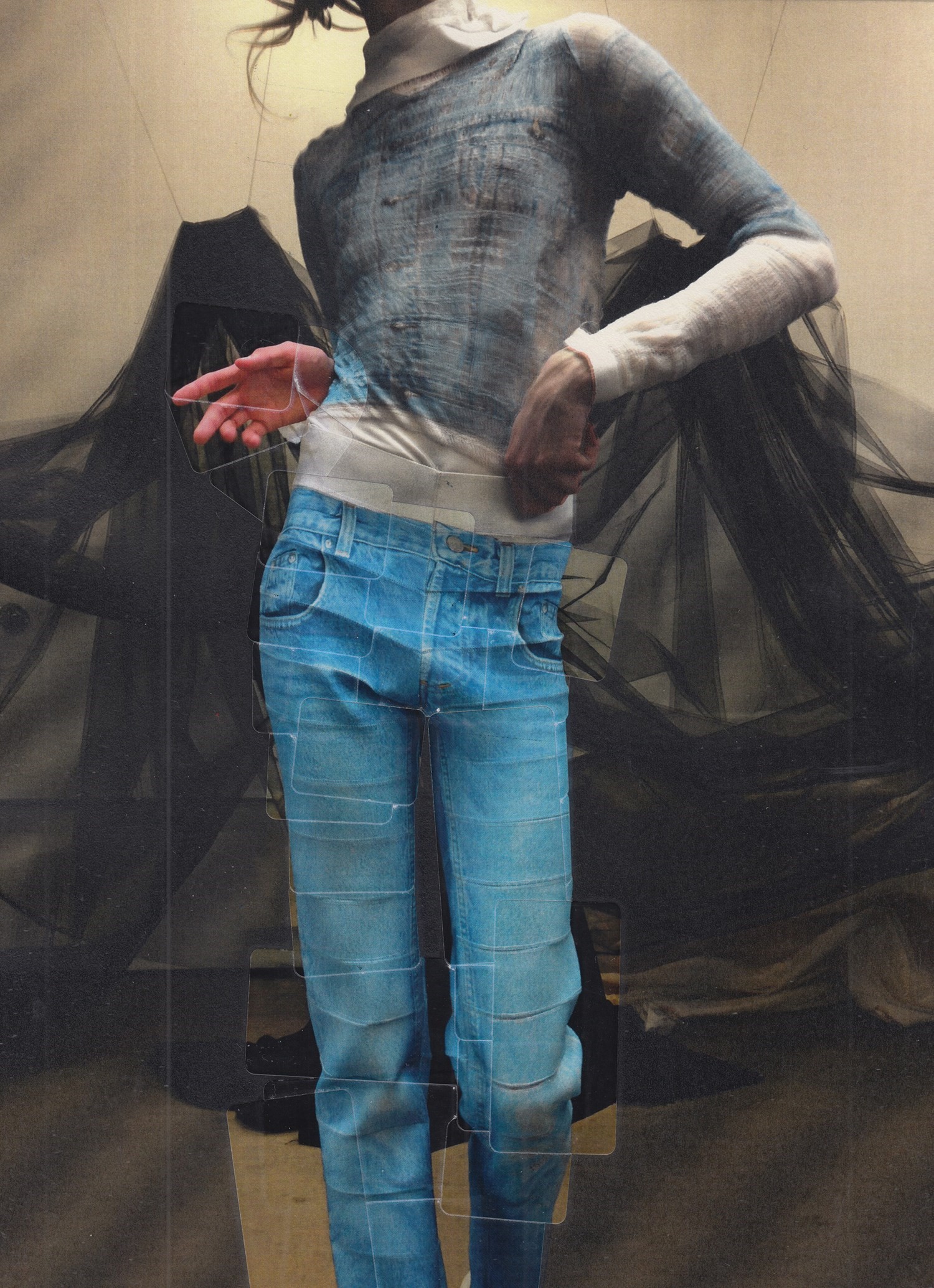
Throughout his portfolio Cooke repeatedly appears as his own fit model, but more often than not stickers obscure his face. This air of anonymity runs through his collection and into his self-shot and -styled lookbook images – the clothes hang dynamically on a rail with no model in sight. Even the clothes Cooke photographed, edited and digitally printed onto his garments were chosen for their impersonality. Cooke explains, “I made lists, searched through charity shops and online to find clothes which have been designed and redesigned so many times they have almost lost their design. I wanted to create iconic pieces that everyone knows but in a way you don’t know them at all.” Although the body provides the foundation, your eye is drawn to the prints of the clothes, on the reinterpreted pieces, which ordinarily would not have warranted a second glance.
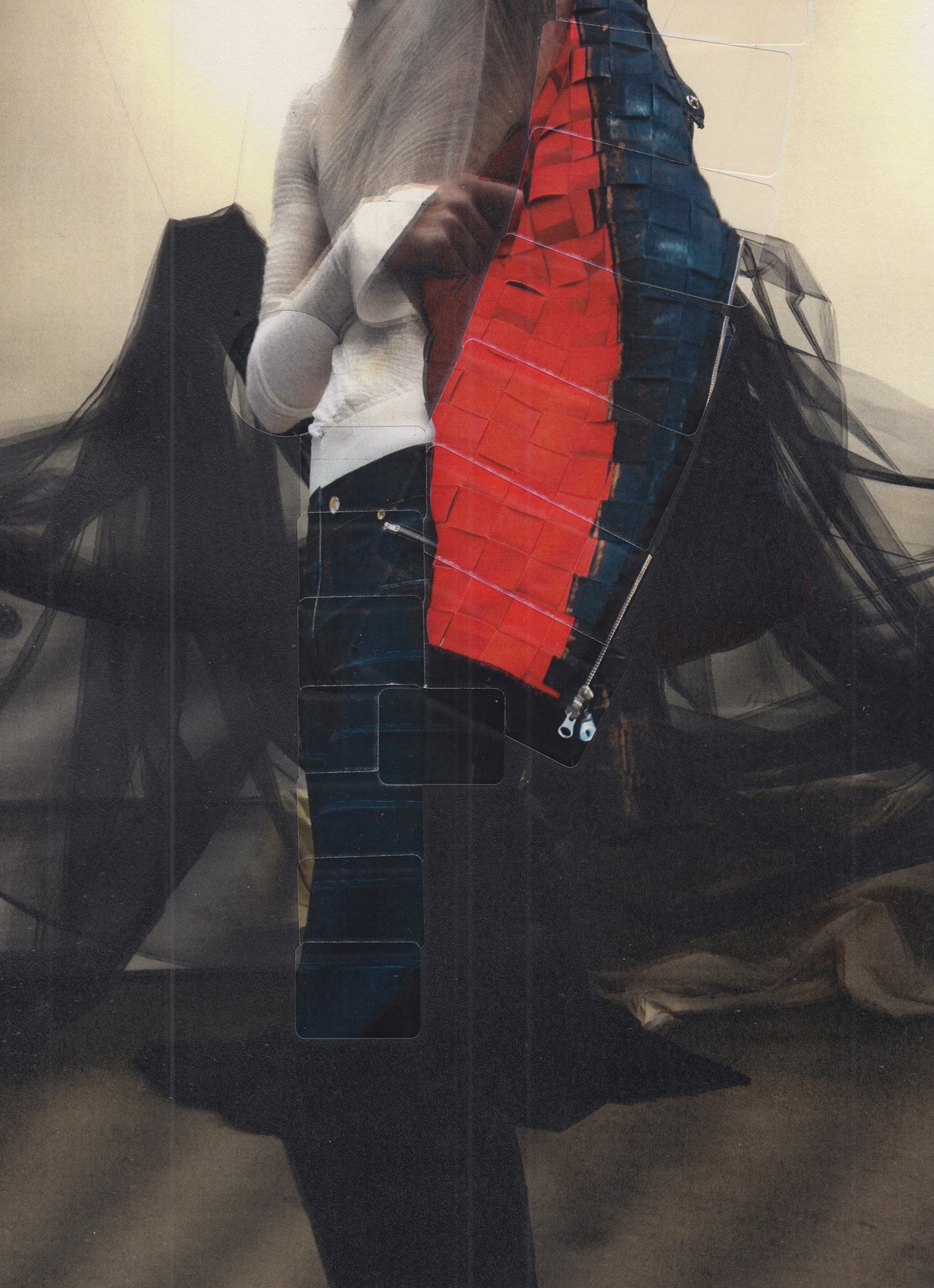
“I feel like 90% of design is research and managing everything so it becomes that design,” he surmises. Although the transfer of the print onto garments is almost instantaneous under the heat press, to reach that stage requires meticulous research, planning and preparation. Unlike a fair amount of his peers, the level-headed Cooke is highly aware of how resourceful and pragmatic he has to be as a young designer. “Working in industry I learnt some serious lessons on how to make your creativity desirable and hopefully lucrative. You also learn a lot about yourself when you are put in a position of responsibility,” he asserts. “When there is nothing to fall back on and you realise no one is going to do the work for you, you just get it done.”

In addition to working as a fit model for Craig Green, Cooke has also walked in his shows and cut his teeth interning for the designer. Following in Green’s footsteps, Cooke also interned for a season at Walter Van Beirendonck in Antwerp before spending six months in Paris where he assisted and was mentored by John Galliano. Researching, draping and designing alongside Galliano, Cooke was unknowingly working towards the designer’s first collection as creative director of Maison Margiela. “As there was no final or specific outcome John really pushed me to explore and enjoy research.” he recalls. “It was an amazing experience; we were really feeding off each other’s ideas.”
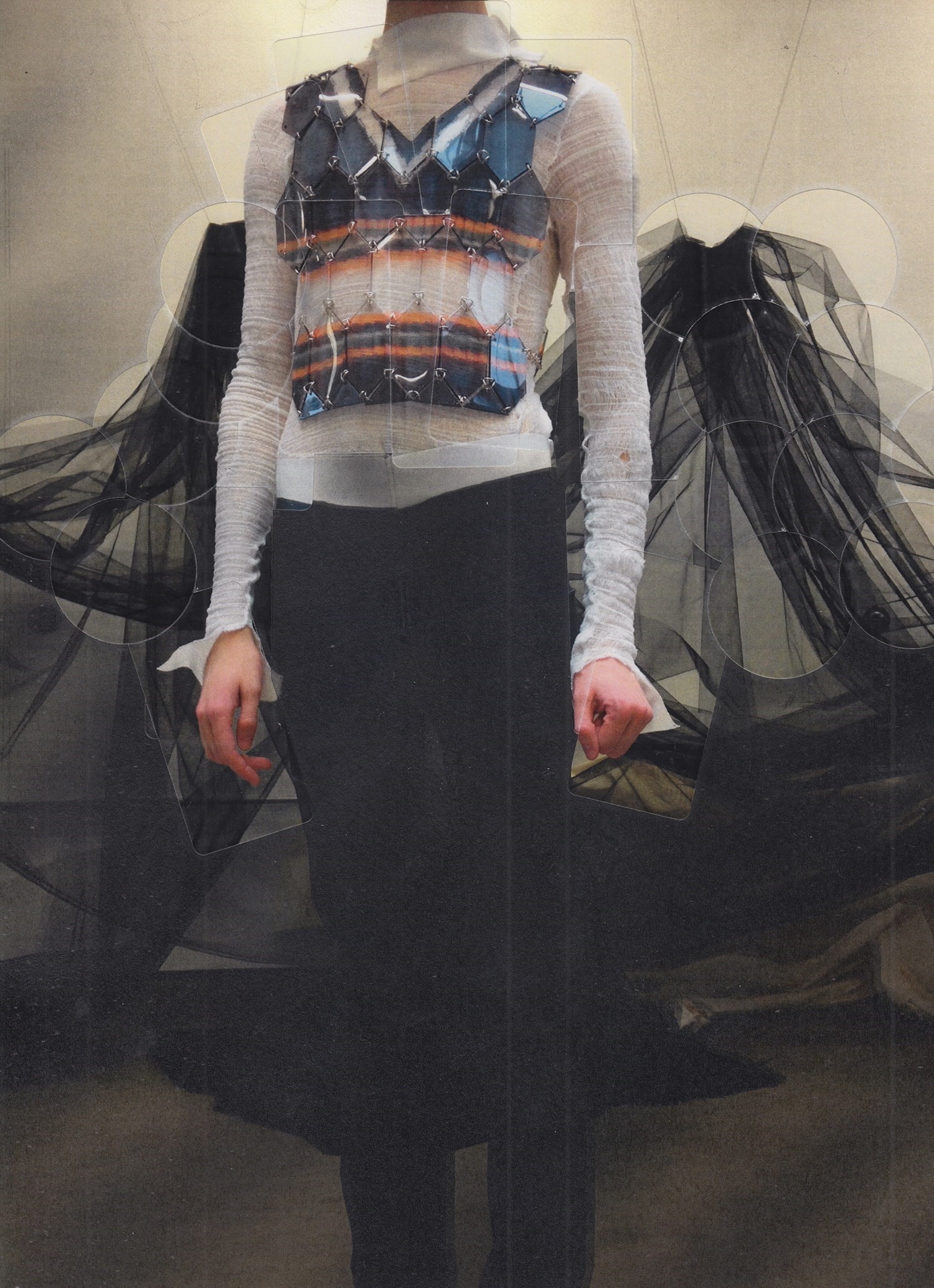
When not in the studio, Cooke enjoys visiting galleries or wandering the homes and gardens of National Trust properties with his boyfriend and fellow designer Jake Burt; a Central Saint Martins womenswear graduate known for his encyclopaedic reference knowledge. “Having someone you can bounce ideas off endlessly is pretty amazing. I feel like you only meet a few people like that in your entire life, people that can add so much to what you do while also having a vantage point outside of the process.” Their relationship has been collaborative since meeting in the first year of their respective BAs. “We are both just finding our way in the industry differently. Working together and separately gives us the support and freedom to constantly push each other.”
“Having someone you can bounce ideas off endlessly is pretty amazing. I feel like you only meet a few people like that in your entire life, people that can add so much to what you do while also having a vantage point outside of the process” – Stefan Cooke
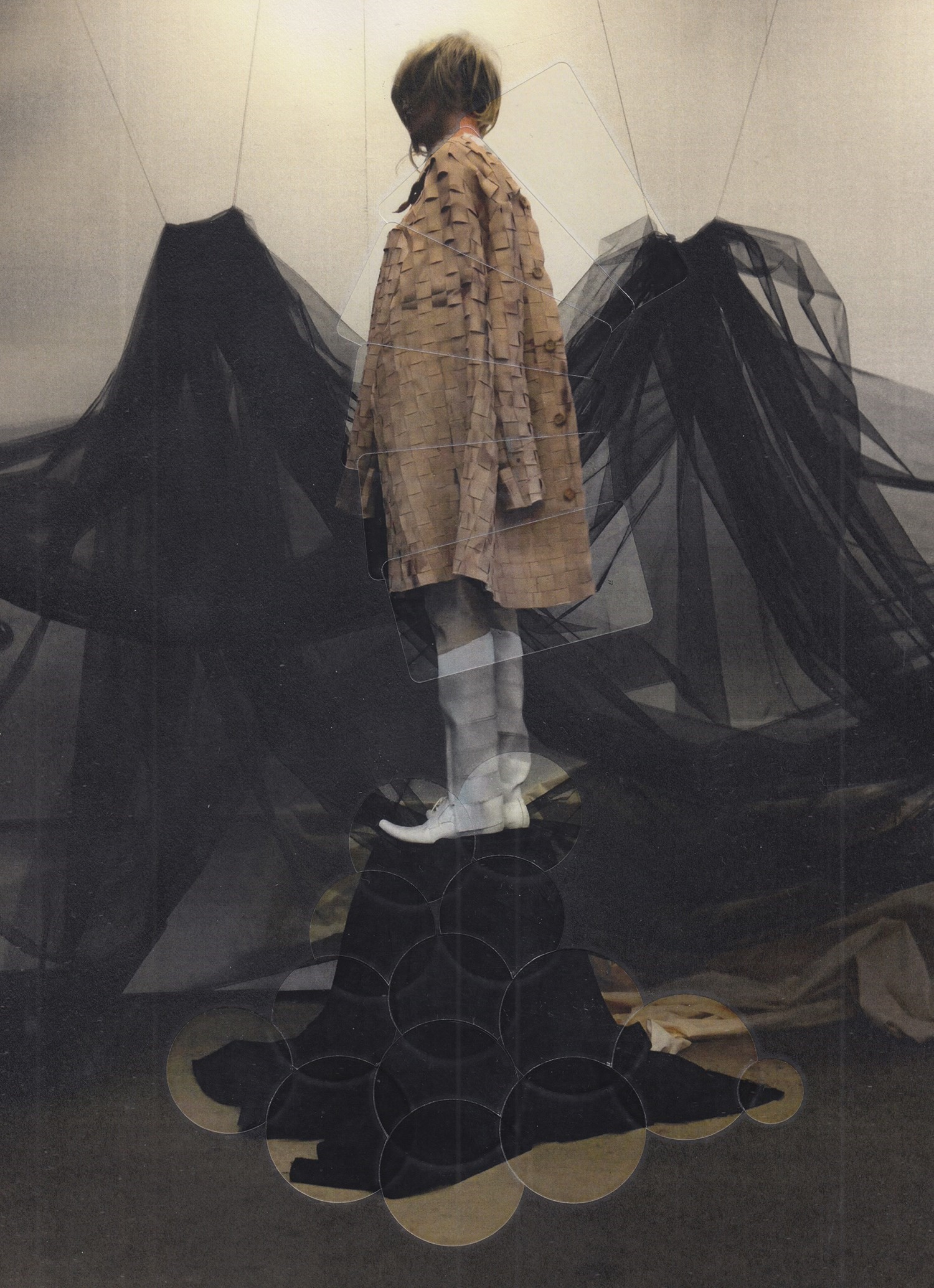
Conceived following a trip to the Tate Britain, the imagery shot by Burt and modelled by Sine Faimann plays with juxtaposing Cooke’s ultra modern and unreal clothes with a more traditional setup and historical poses. “It was about having this totally anonymous guy and identifying the place he would spend time in, almost like a posed painting, we wanted a sense of mystery,” says Cooke. “A photocopying technique was used to give texture to the photos to create focus within them. If you want to see the clothes properly just Google them, this shoot was more about focusing on something else.”
Cooke’s first impactful and physical brush with couture and high fashion was not in a commercial environment, but standing in front of the V&A’s glass display cases. “To me there is nothing unfamiliar about fashion being shown in a gallery or museum context,” says Cooke. “I love the fact that the clothes are unobtainable like art as they can’t be worn, touched or even bought, but at the same time there is a feeling of inclusion as they are on display to the public and anyone can enjoy and experience the aesthetic qualities.” He persists, “I’ve wondered if the designers making the clothes ever anticipated their work being shown in a gallery context and if designers even create pieces specifically to be experienced in this way?”
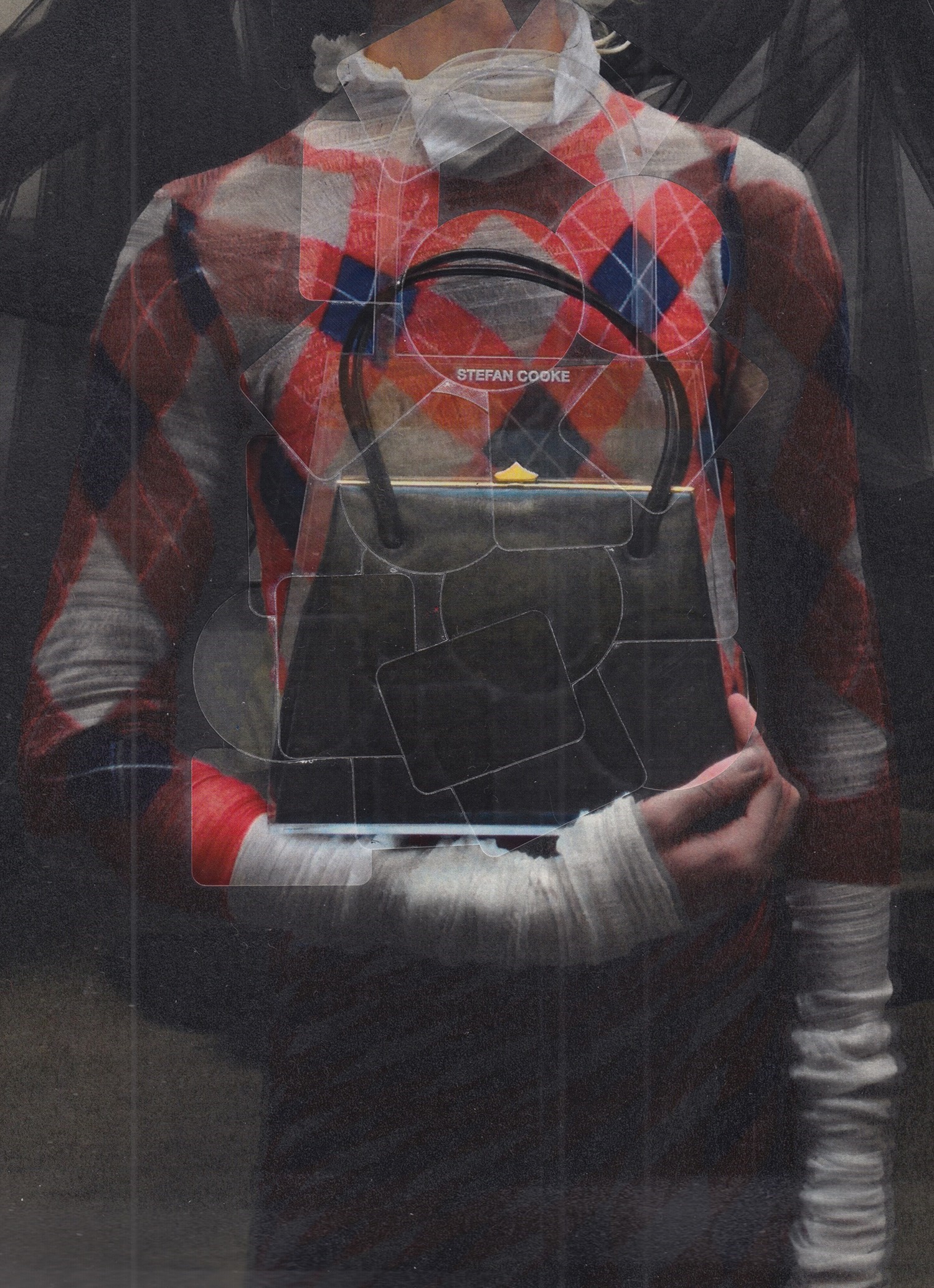
The dichotomy between the wearable and the unwearable piques the designer’s interest. “I want my pieces to be art objects as well as clothes, despite the unconventionality of the materials, the fact that the pieces are so straightforward and totally wearable is really exciting.” Thinking about the future Cooke continues, “I can totally see the collection being, not filtered down, but translated back into something even easier to wear.”
Looking back on his six years spent at Saint Martins, Cooke compares his BA to his MA: “I realised it was best to make the commitment to one thing because there is always another season when you can do it.” In contrast to his loud, exploratory undergraduate pieces, Cooke’s graduate collection is more nuanced, synthesised and streamlined. “But even if there isn’t another season and you’re just drawing in your sketchbook – you can’t contain creativity. You might not be ready for an idea to happen or you might not have the resources at that point in time but there is nothing to stop it from coming later,” he says with thoughtful optimism. “But maybe it won’t; maybe it will just stay in that sketchbook and get lost.”
Model Sine Faimann

